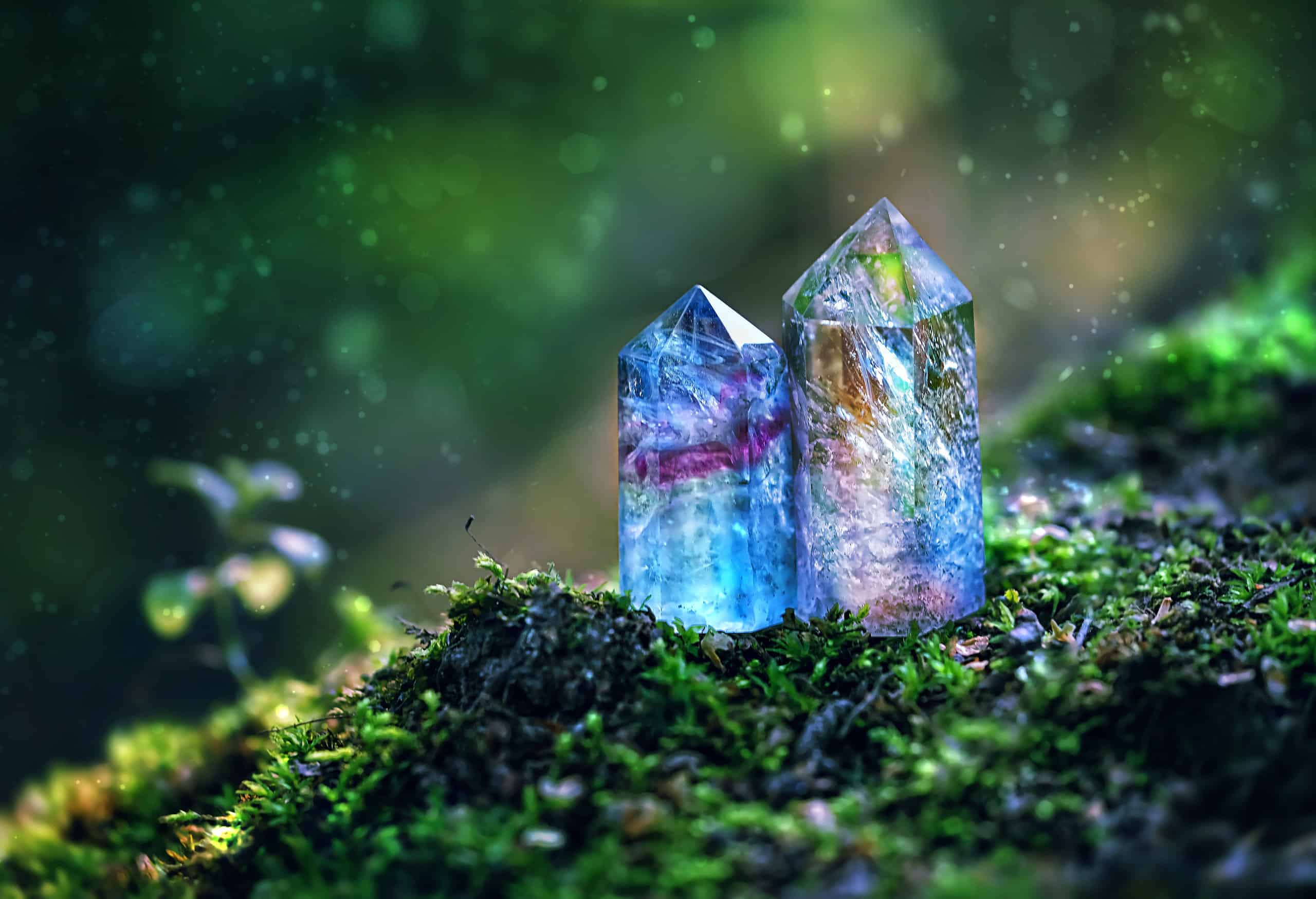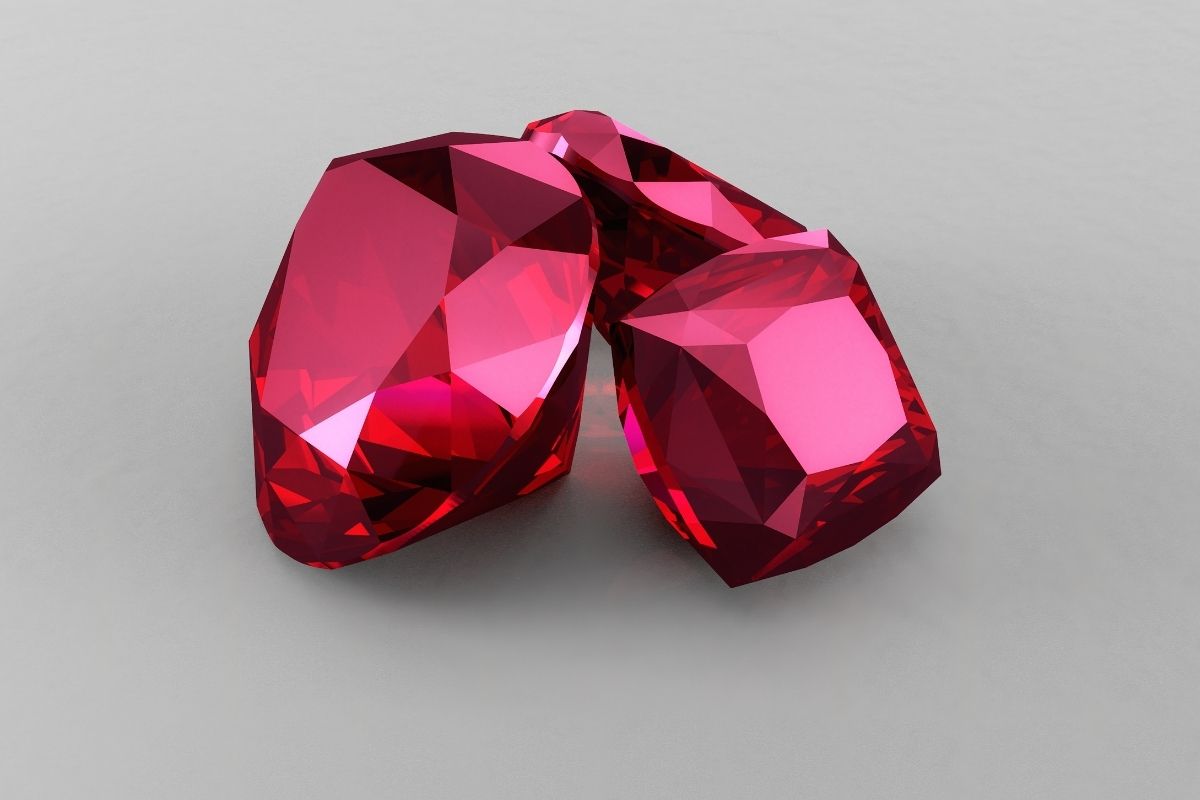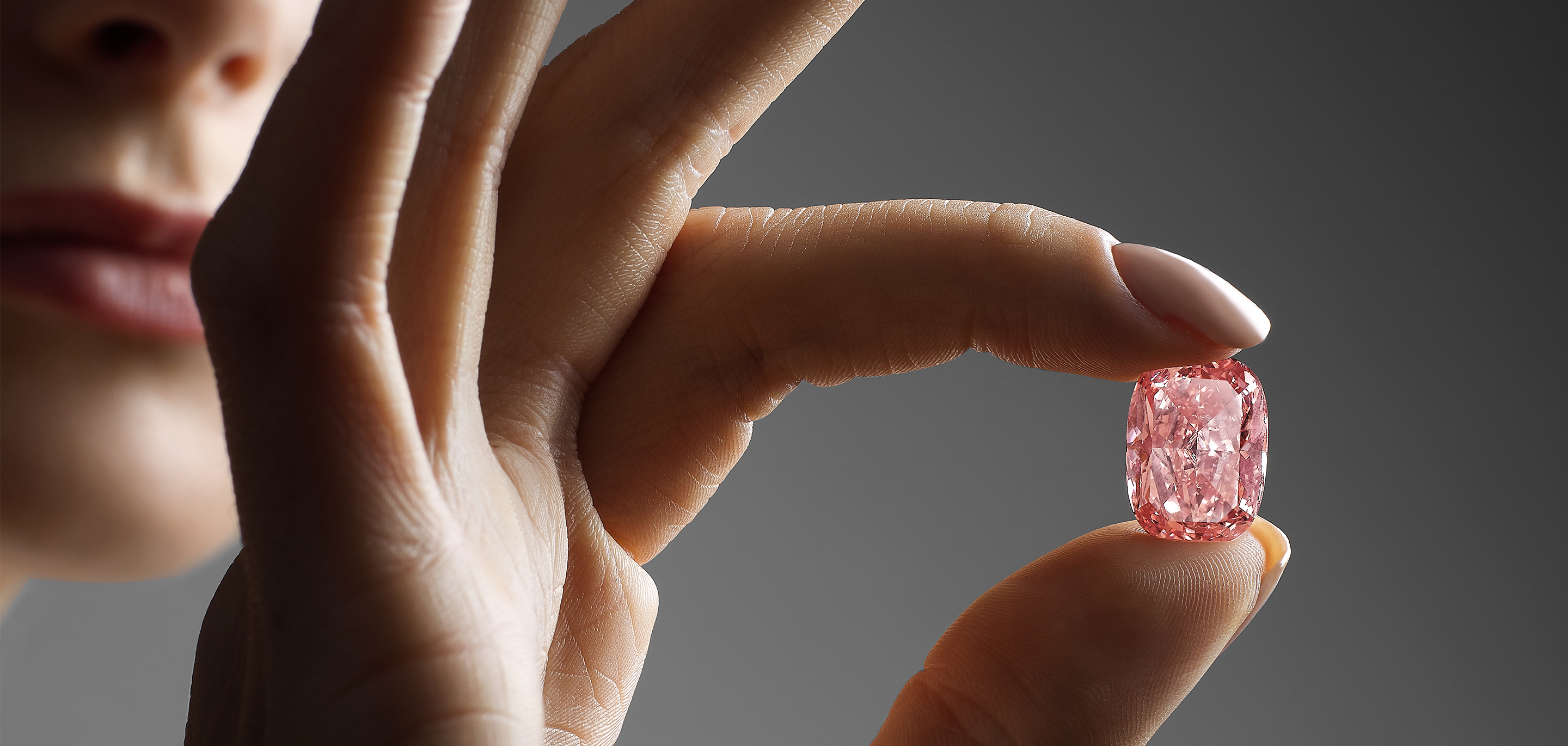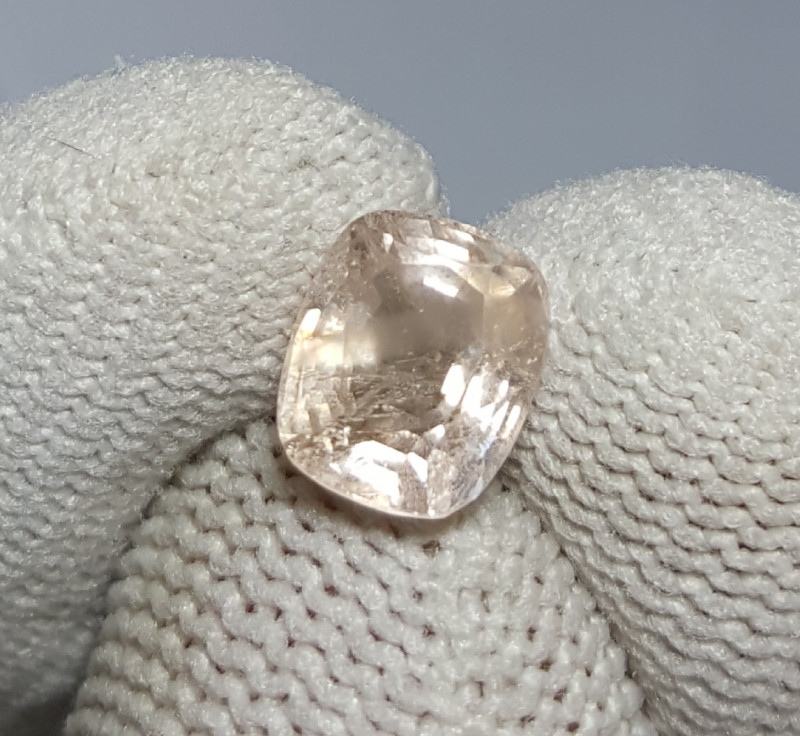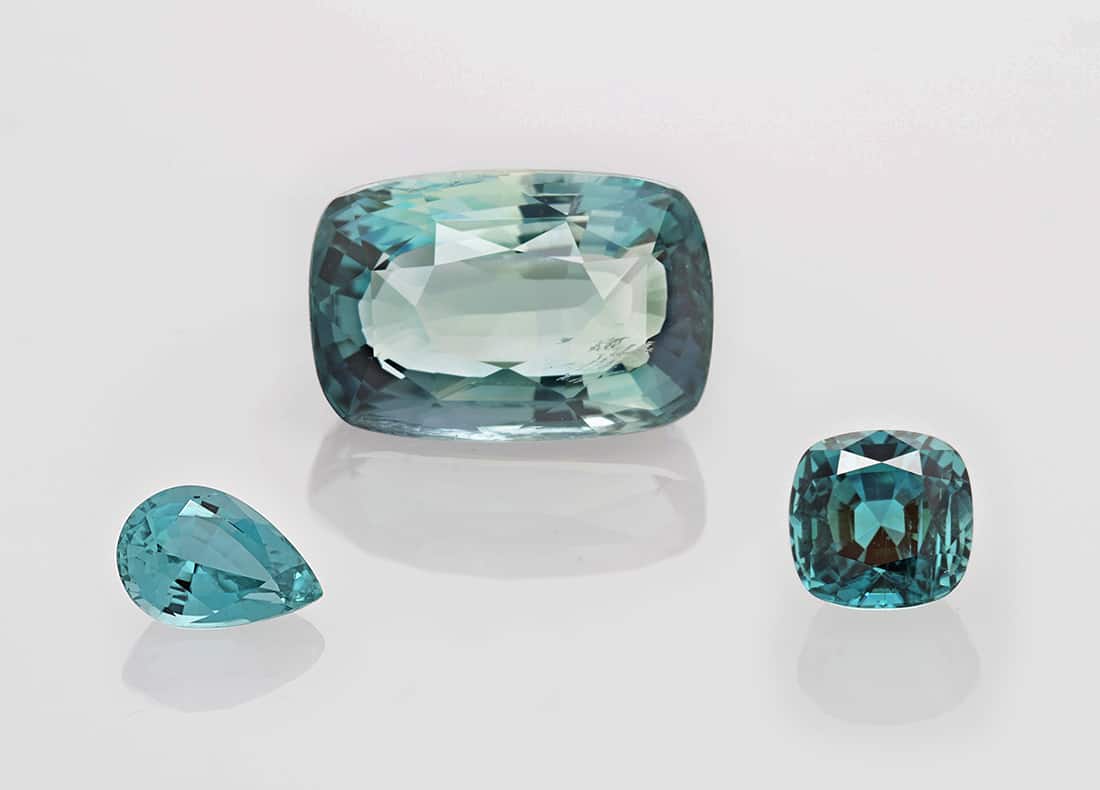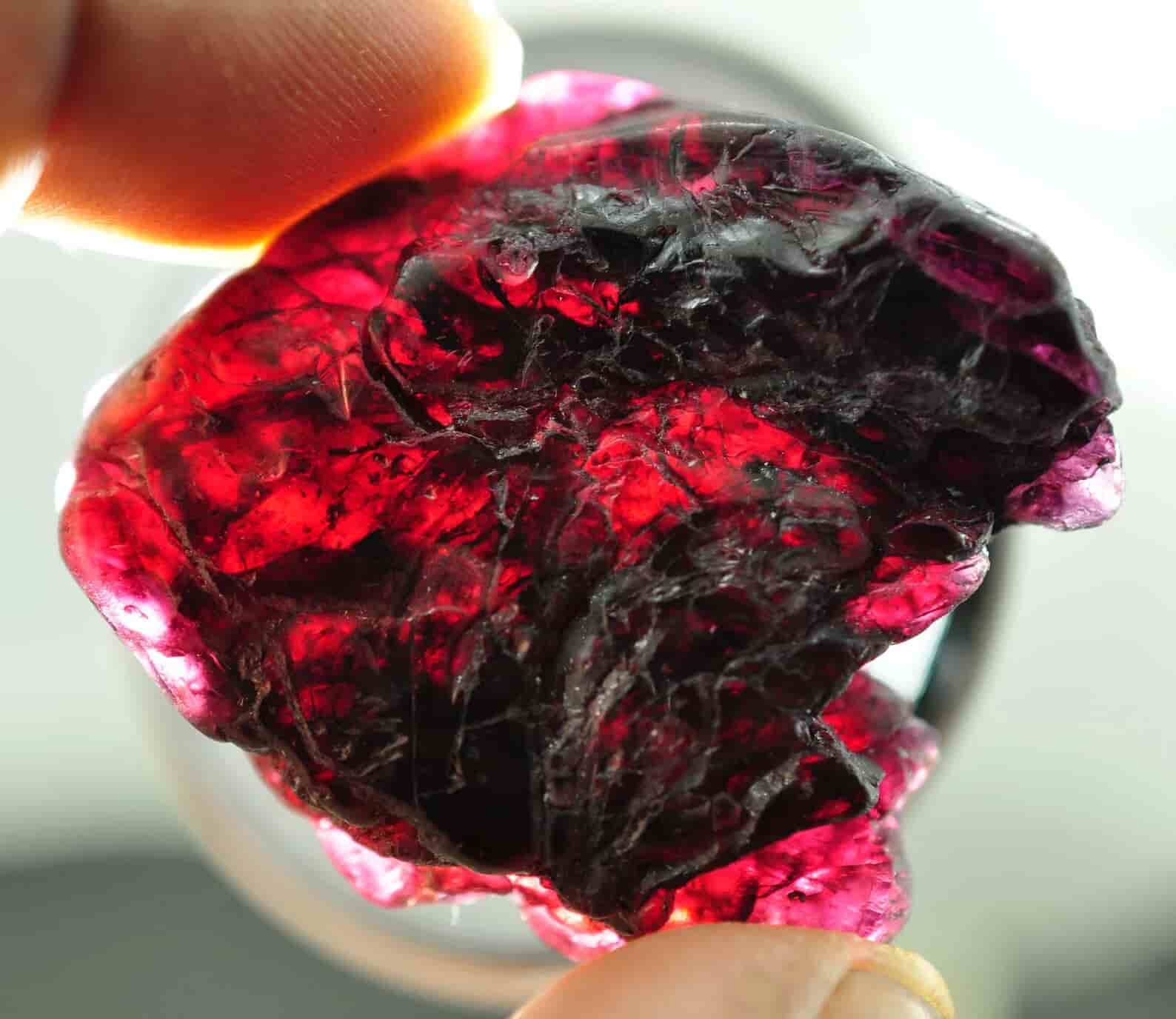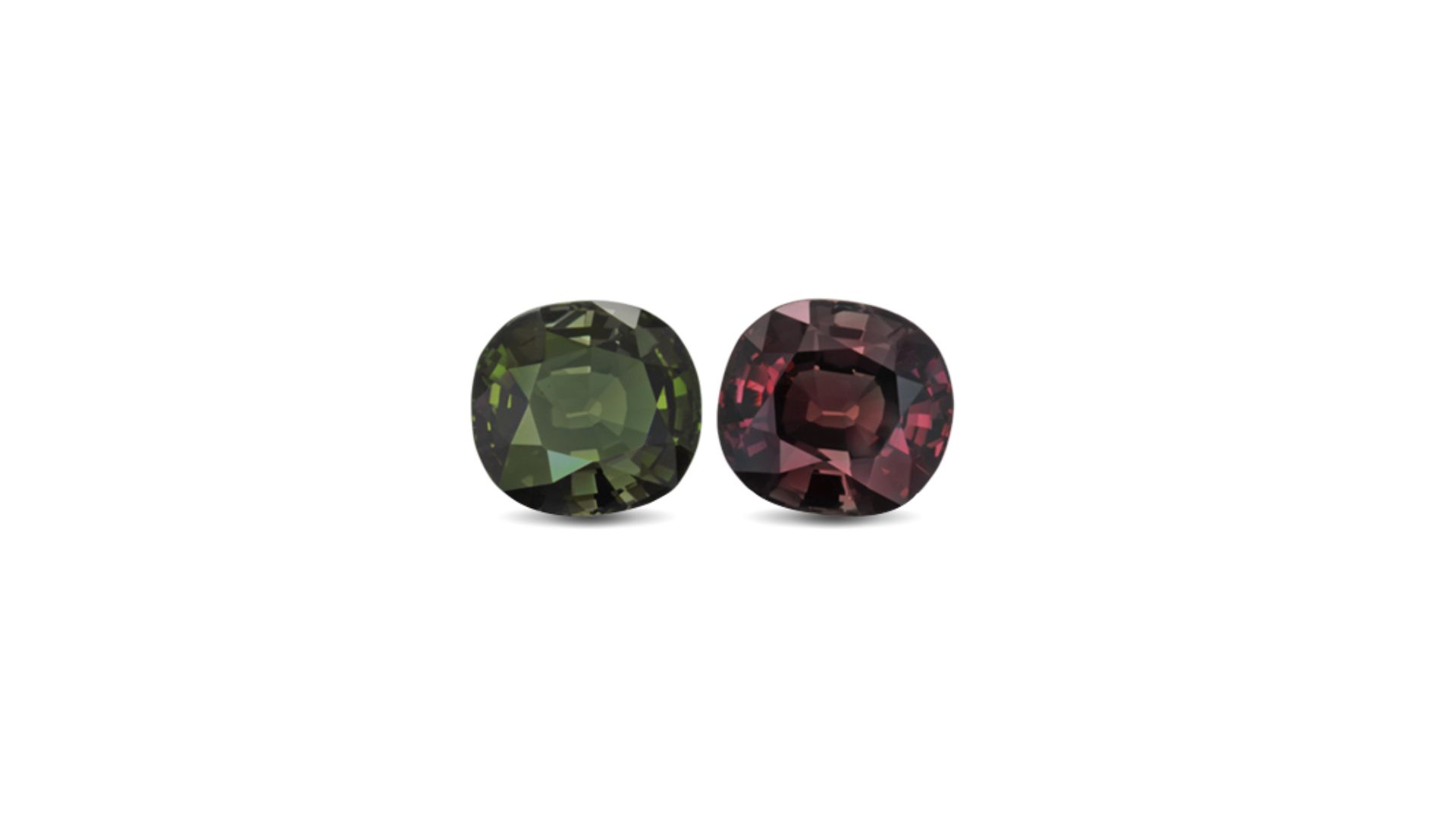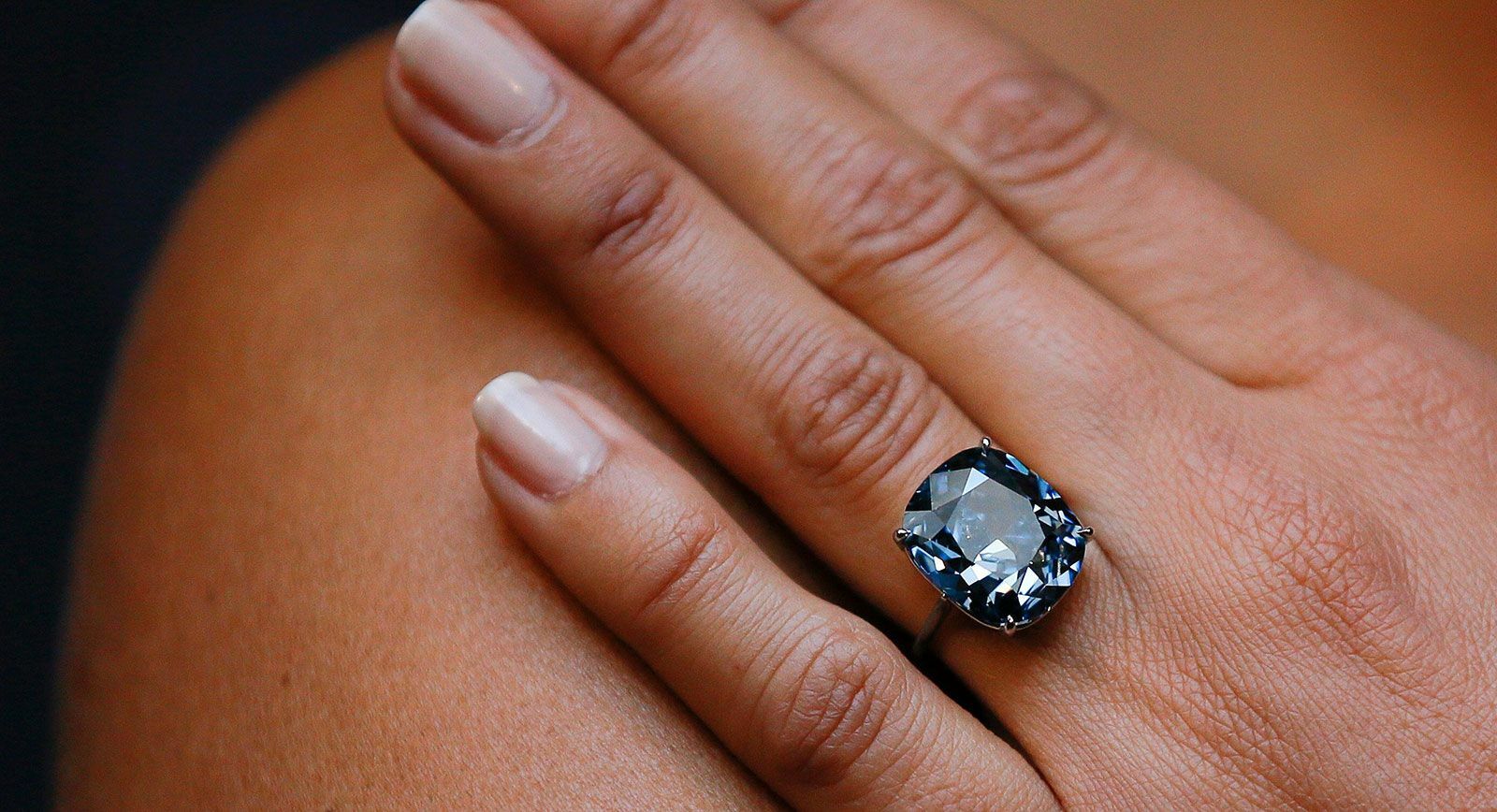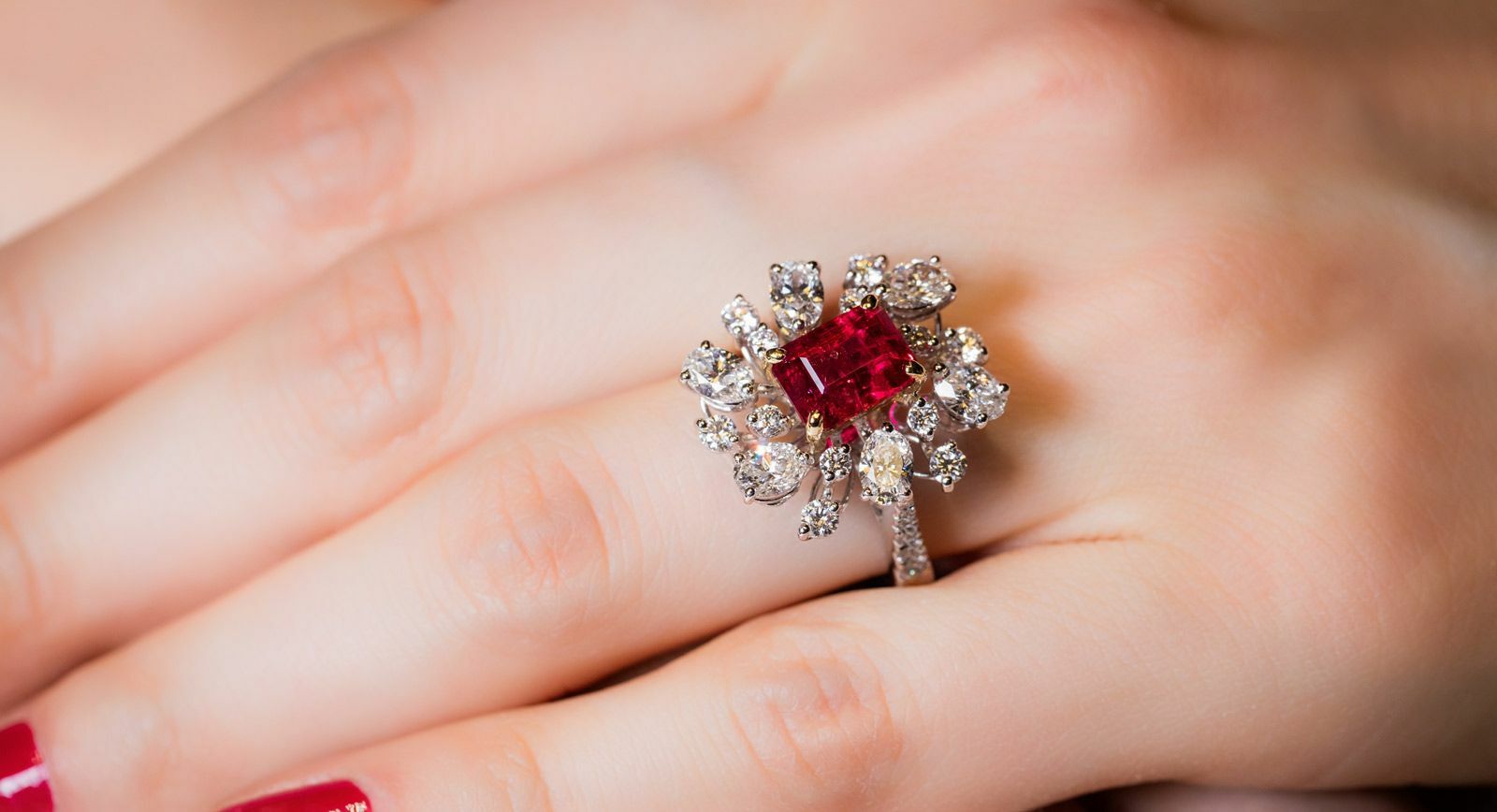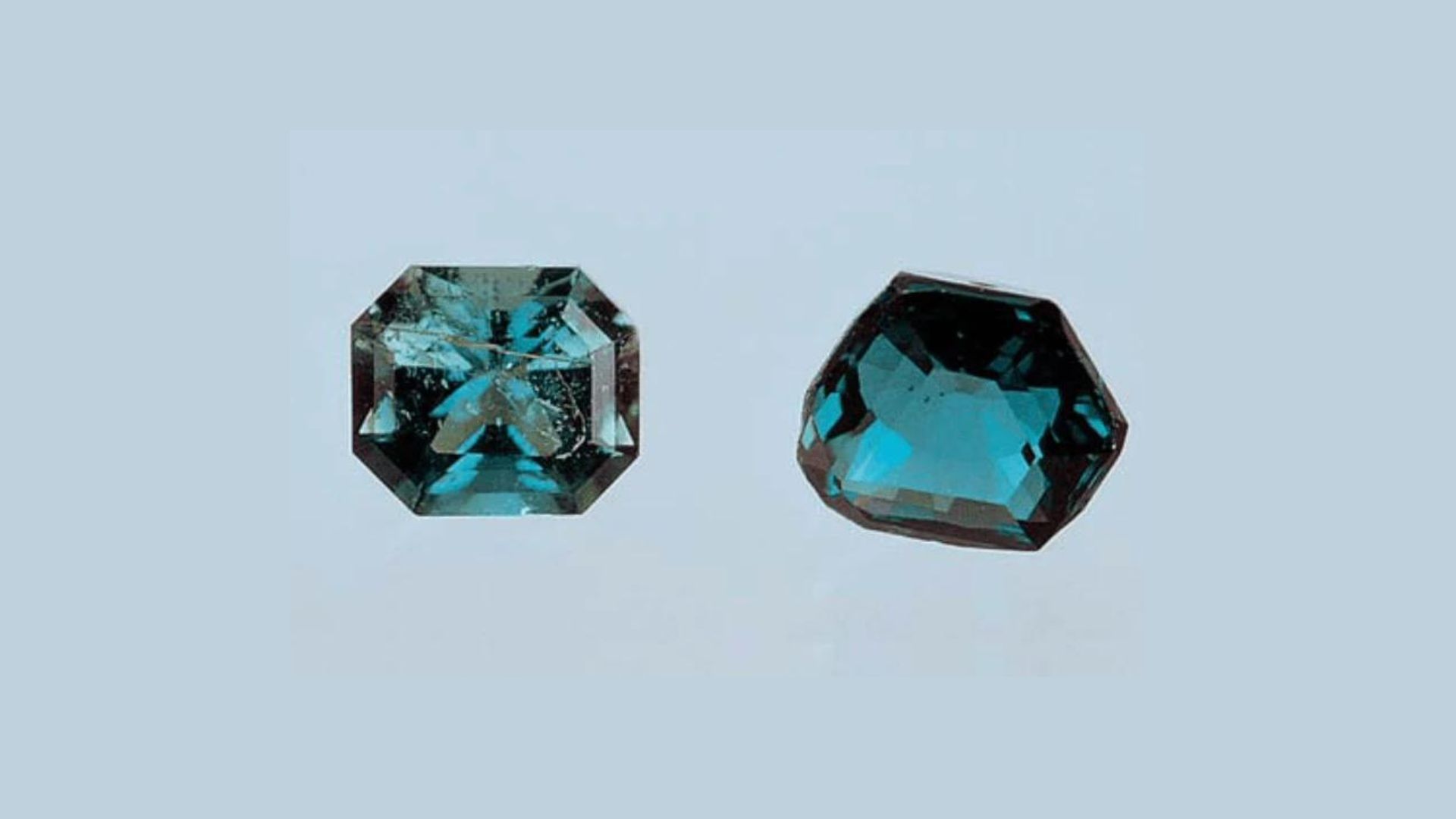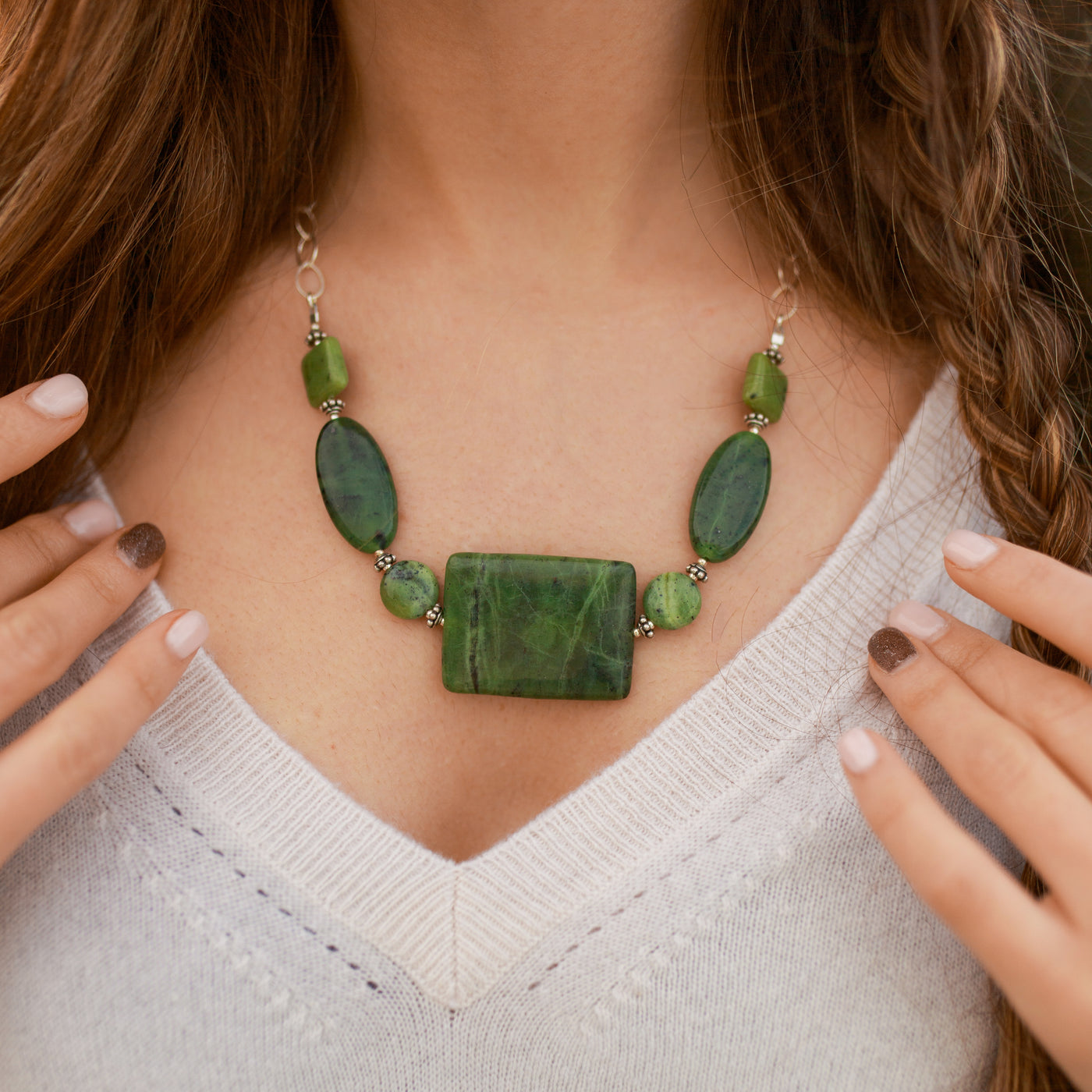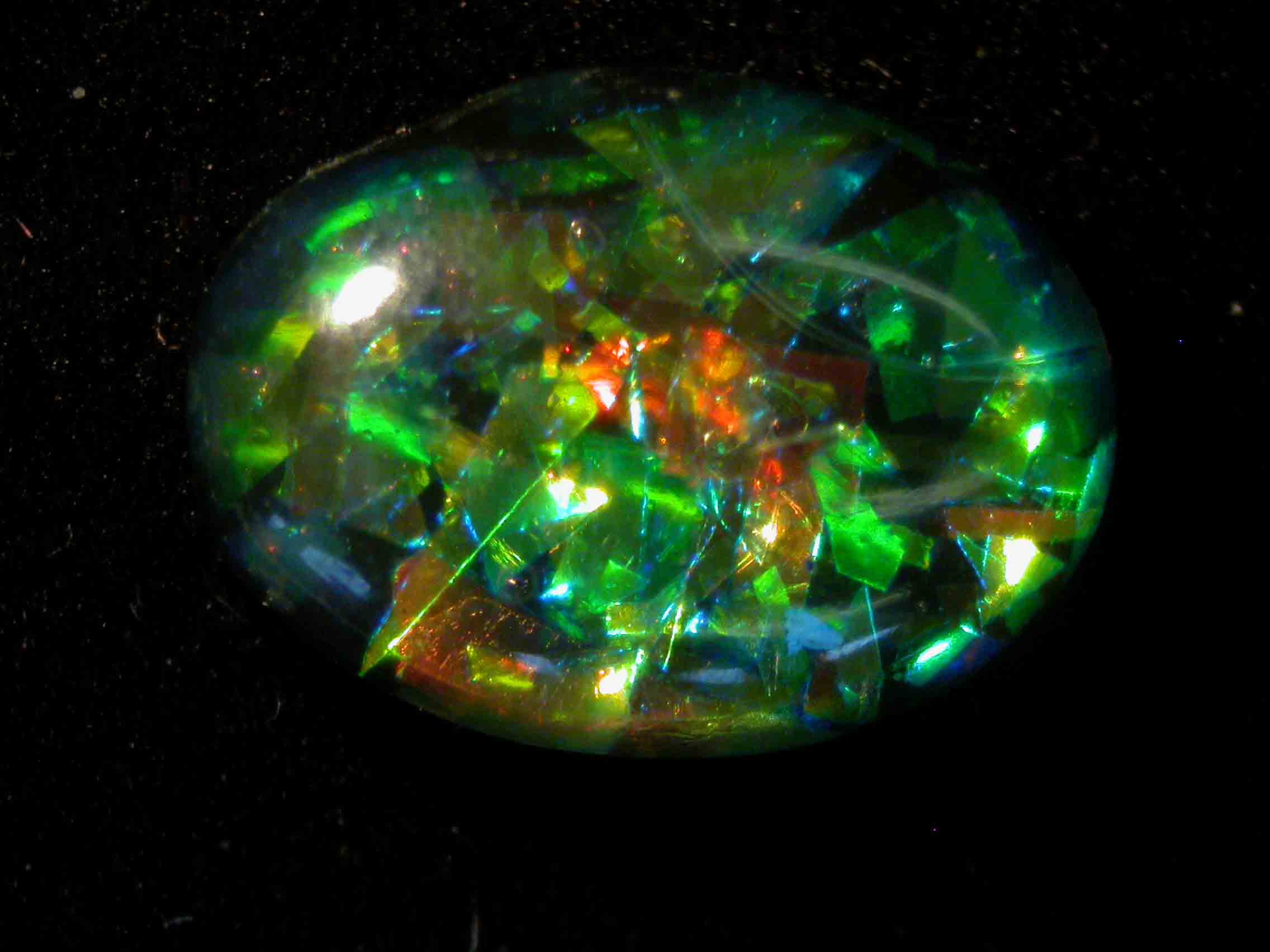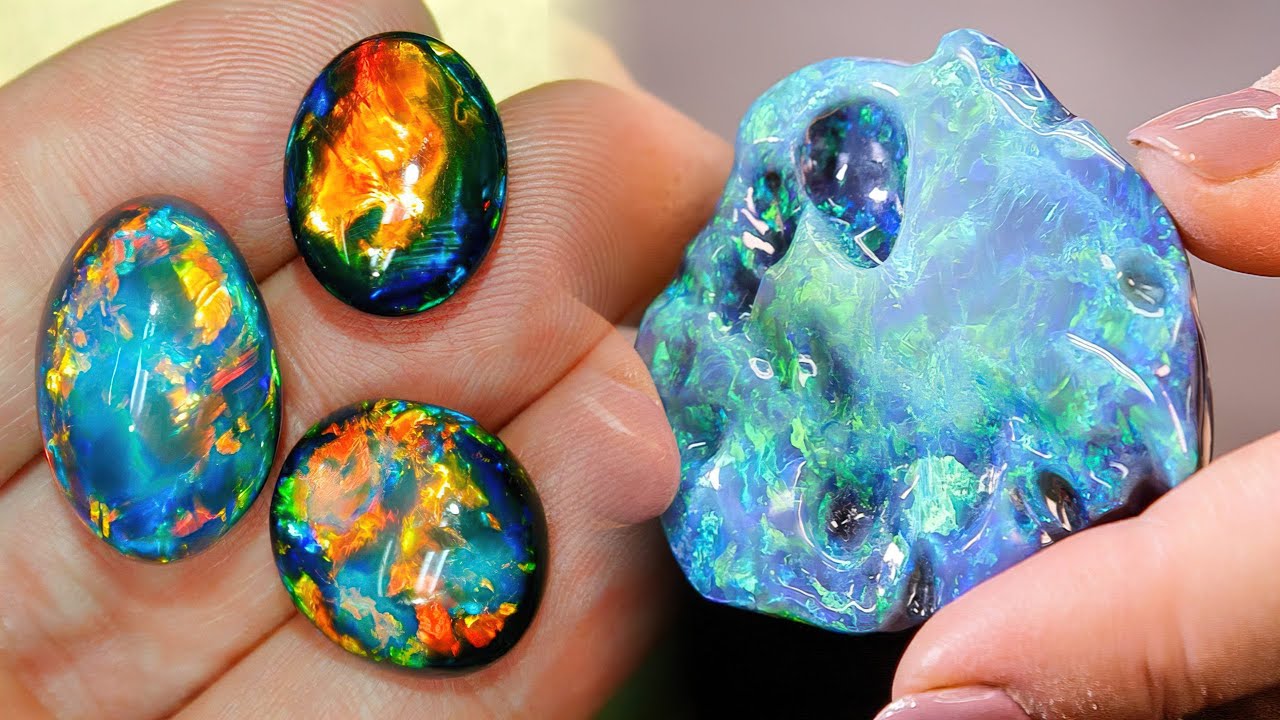
Crystalshave captivated humanity for centuries with their mesmerizing beauty and intriguing properties. Among the vast array of crystals that adorn our planet, there exists a select group that stands apart, known for their extreme rarity and unique characteristics. In this article, we embark on a journey to explore the most rare crystals, delving into their origins, properties, and the awe-inspiring stories behind them.
What Is A Rare Crystal?
Rare crystals are a fascinating and varied category of gemstonesthat have captivated fans, collectors, and researchers for centuries. These rare crystals are sought because of their beauty and the fact that they can only be discovered in far-flung corners of the globe. In contrast, ordinary crystals, despite their beauty and attraction, are plentiful and may be found in a number of locations.
A Brief History Of Rare Crystals
Let us discuss the history of the most rare crystals.
Early Encounters With Precious Gems
Throughout history, humans have been drawn to the allure of precious gems and rare crystals. The fascination with these exquisite minerals dates back to ancient civilizations, where they were treasured for their beauty and believed mystical properties.
Early civilizations, such as the Egyptians, Greeks, and Romans, revered these gems, incorporating them into jewelry, religious ceremonies, and medicinal practices.
Renaissance Of Mineralogy - The Age Of Enlightenment
The Age of Enlightenment witnessed a resurgence of interest in mineralogy and the study of rare crystals. Pioneering naturalists and mineralogists like Carl Linnaeus and Georgius Agricola laid the groundwork for a systematic classification of minerals.
Their contributions paved the way for a more scientific understanding of crystals, leading to the recognition of certain specimens as exceptionally rare.
Discoveries Of Unprecedented Rarity
As exploration and mining expanded in the 18th and 19th centuries, remarkable discoveries of rare crystals began to surface. Gemstones like diamonds, emeralds, and sapphires, once considered exclusive to royalty, were found in various corners of the globe, revolutionizing the gem trade.
These discoveries not only enriched the world's treasure troves but also fueled a growing fascination with rare and valuable minerals.
Landmark Finds Of The 20th Century
The 20th century marked a turning point in the history of rare crystals with the unearthing of unprecedented specimens. The discovery of Painite in Myanmar in the 1950s by British mineralogist Arthur C.D. Payne and the subsequent realization of its extreme rarity captured the imagination of the mineralogical world. This find redefined our understanding of what constitutes a truly rare crystal.
Contemporary Quest For Rarity
In the modern era, advancements in technology and mining techniques have enabled us to delve deeper into the Earth's crust, unveiling previously inaccessible treasures. Contemporary gemologists and mineralogists continue to make astounding discoveries, pushing the boundaries of rarity further.
Gems like the Pink Star Diamond, Musgravite, Grandidierite, and Alexandrite, with their scarcity and exceptional beauty, stand as a testament to the ongoing quest for Earth's most rare crystal.
Symbolic Significance Of Earth's Most Rare Crystals
Rare crystals, with their exceptional beauty and scarcity, have captivated humanity for centuries, transcending their material value to hold deep symbolic meaning in various cultures and belief systems.
These extraordinary gemstones serve as potent symbols of power, transformation, and enlightenment, carrying a profound significance that resonates across time and civilizations.
Ultimate Rarity And Uniqueness
Rare crystals, by their very nature, represent the extraordinary and the unparalleled. Their scarcity in the natural world mirrors the rarity of exceptional qualities in individuals. As symbols of ultimate rarity and uniqueness, these crystals inspire us to embrace our individuality and recognize the extraordinary within ourselves.
Spiritual Growth And Enlightenment
Many rare crystals, such as Grandidierite and Alexandrite, are associated with spiritual growth and enlightenment. Their captivating colors and ethereal qualities are believed to enhance spiritual awareness, elevate consciousness, and facilitate inner transformation.
These gemstones serve as tools for meditation and introspection, guiding individuals on a path of self-discovery and enlightenment.
Transcendence And Transformation
The process of cutting and polishing rare crystals mirrors the journey of self-improvement and transformation. From a rough, unassuming mineral to a radiant gemstone, this transformation symbolizes the potential for growth and evolution within each of us.
Rare crystals encourage us to embrace change, transcend limitations, and emerge as our most radiant selves.
Healing And Balance
Certain rare crystals, like Musgravite and Serendibite, are believed to possess powerful healing properties. They are thought to restore balance and harmony to the mind, body, and spirit. These gemstones are often used in alternative healing practices, harnessing their energies to promote physical, emotional, and spiritual well-being.
A Connection To Earth's Mysteries
Rare crystals are a tangible link to the Earth's ancient and mysterious past. They have formed over millions of years, deep within the planet's crust, absorbing the energies of the natural world.
Possessing a rare crystal is akin to holding a piece of Earth's history and connecting with the profound forces that have shaped our planet.
A Source Of Inspiration And Aspiration
For many, owning a rare crystal is a symbol of achievement and aspiration. Collectors and enthusiasts often covet these gemstones for their rarity and intrinsic beauty. Possessing such a precious specimen serves as a source of inspiration, reminding us of the boundless wonders that can be unearthed through passion, dedication, and a keen eye for the extraordinary.
Best Types Of Most Rare Crystal In The World
The world of most rare crystals is a treasure trove of extraordinary specimens, each with its unique allure and mystique. Here, we delve into some of the most coveted and sought-after types, revered for their exceptional rarity and mesmerizing beauty.
Pink Star Diamond
The Pink Star Diamond is a true marvel of the mineral world. Mined from the diamond-rich soils of South Africa, this gemstone boasts an unparalleled vivid pink hue, setting it apart as one of the rarest diamonds on the planet. Its flawless nature and substantial 59.60-carat weight further elevate its status. The Pink Star Diamond is a testament to the incredible geological processes that can produce such a breathtaking masterpiece.
Musgravite
Musgravite is an enigmatic green jewel that captivates with its tantalizing coloration. Named after the Musgrave Ranges in Australia, where it was first discovered, Musgravite's deep green hue, occasionally adorned with flashes of red and purple, creates a play of light that enchants collectors worldwide. With only a handful of known specimens in existence, Musgravite stands as one of the rarest crystals on Earth.
Grandidierite
Known as "Nature's Emerald," Grandidierite is a gemstone of ethereal beauty. Found primarily in Madagascar, this crystal displays a mesmerizing blend of green and blue shades. Its clarity and striking coloration rival even the most coveted emeralds. Due to its scarcity, Grandidierite is highly prized by gemstone connoisseurs, making it an exceptional addition to any collection.
Painite
Painite holds the distinction of being the world's rarest gem. Initially mistaken for another mineral upon its discovery in Myanmar in the 1950s, Painite is composed of boron, aluminum, and oxygen. For decades, only a few specimens were known to exist, adding to its mystique. While additional deposits have been found, Painite remains a highly sought-after gem due to its extreme rarity and unique composition.
Alexandrite
Alexandrite is hailed as nature's color-changing masterpiece. Discovered in the Ural Mountains of Russia in the early 19th century, this crystal exhibits an extraordinary phenomenon known as pleochroism. In varying lighting conditions, Alexandrite transforms from a captivating emerald green to a rich ruby red, captivating the imagination of gemstone enthusiasts. Its rarity and enchanting color-changing properties have solidified Alexandrite's status as one of the most coveted gemstones worldwide.
Blue Moon Diamond
The Blue Moon Diamond, with its mesmerizing blue hue, stands as one of the most exquisite and sought-after diamonds in the world. Mined in South Africa, this rare gemstone's vivid color and impeccable clarity make it a true celestial marvel.
Red Beryl
Red Beryl, also known as Bixbite, is a stunning red gemstone found primarily in Utah, USA. Its vibrant red coloration, coupled with its scarcity, makes it one of the most coveted and elusive gemstones for collectors and enthusiasts alike.
Serendibite
Serendibite is a rare gemstone known for its deep green to blackish-green hues. Initially discovered in Sri Lanka, this mineral has since been found in various parts of the world. Its rarity, coupled with its captivating coloration, makes Serendibite a true enigma in the world of gemstones.
Jadeite
Jadeite is a revered gemstone, especially in Chinese culture, where it is considered a symbol of purity, wisdom, and prosperity. Its vibrant green color and exceptional clarity set it apart as one of the most coveted and valuable gemstones in the world.
Black Opal
Black Opal, with its play-of-color that dances across the gem's surface, is often referred to as nature's kaleidoscope. Found primarily in Australia, this gemstone's rarity and striking visual effects make it a cherished and highly sought-after addition to any gem collection.
The Intricate Art Of Cutting And Polishing Rare Crystals
The journey from a raw, unassuming mineral to a dazzling gemstone of unparalleled beauty is a testament to the artistry and precision of gem cutters and polishers. This intricate process plays a pivotal role in revealing the true potential and brilliance of most rare crystals, transforming them into coveted treasures that captivate collectors and enthusiasts worldwide.
Unveiling The Inner Beauty
The process of cutting and polishing rare crystals begins with a careful examination of the raw specimen. Skilled artisans assess its natural features, taking into consideration its color, clarity, and unique characteristics. This initial step is crucial, as it guides the cutter in determining the optimal shape and size that will best showcase the crystal's inner beauty.
The Precision Of Cutting
Once the design is conceptualized, the cutting process commences. This delicate task requires both technical expertise and an artistic eye. Using specialized tools such as saws, grinders, and lasers, the cutter meticulously shapes the crystal, removing excess material while preserving its integrity. The aim is to enhance its natural attributes and create facets that interact with light in a way that maximizes its brilliance.
Masterful Polishing Techniques
After the cutting phase, the crystal enters the polishing stage. It is where the true artistry of the process shines. Highly skilled polishers employ a combination of abrasives, compounds, and precise hand movements to bring out the crystal's luster. The goal is to achieve a flawless, mirror-like surface that showcases the gem's innate beauty and allows light to dance across its facets.
Enhancing Color And Clarity
In some cases, rare crystals may undergo treatments to enhance their color and clarity further. Techniques like heat treatment or irradiation can be employed under controlled conditions to bring out or modify specific attributes, ensuring that the gem achieves its full potential while maintaining its natural integrity.
The Significance Of A Masterpiece
A meticulously cut and polished rare crystal is more than a mere adornment; it is a work of art that reflects the dedication, skill, and vision of the artisans who crafted it. Such a masterpiece not only holds immense aesthetic value but also becomes a cherished symbol of the Earth's hidden treasures, carrying with it the wonder and beauty of the natural world.
Most Rare Crystal - FAQs
Why Is Painite Considered The World's Rarest Gem?
Painite is considered the world's rarest gem due to its extreme scarcity, with only a handful of known specimens for decades.
What Is The Significance Of Most Rare Crystals In Cultural Contexts?
Most rare crystals hold deep symbolic and cultural significance, often associated with qualities like spiritual growth, healing, and personal transformation in various cultures around the world.
What Is The Rarest Crystal To Find?
Taaffeite is the rarest crystal on Earth, although jewels have numerous more unusual challengers. Pink Star Diamond, Jadeite, and Red Beryl are similar in rarity and price.
What Crystal Is Rarer Than A Diamond?
Tanzanite is 1000 times rarer than diamonds. Gemstones found exclusively on the slopes of Mount Kilimanjaro and discovered in 1967 cost roughly $1,500 per carat. Tanzanite changes color with a light angle.
What Is The Rarest Gem Color?
The rarest gemstone is crimson. Red diamonds, emeralds, and Burmese rubies are desired. Deep crimson gemstones are among the rarest in the world.
What Is The Rarest Crystal Structure?
It is Hexagonal, which may be found in the Benitoite crystal.
Conclusion
The world of most rare crystal unveils a captivating tapestry of Earth's hidden treasures. Each specimen, from the Pink Star Diamond to the elusive Serendibite, carries its own unique story, gorgeous collectors and enthusiasts alike. These gems, distinguished by their scarcity and unparalleled beauty, transcend mere geological formations; they are symbols of rarity, transformation, and the profound mysteries of our planet.
As we marvel at these extraordinary creations, we are reminded of the boundless wonders that await discovery beneath Earth's surface. The quest for the most rare crystal continues to inspire, reminding us of the infinite beauty that lies within our world's depths.
